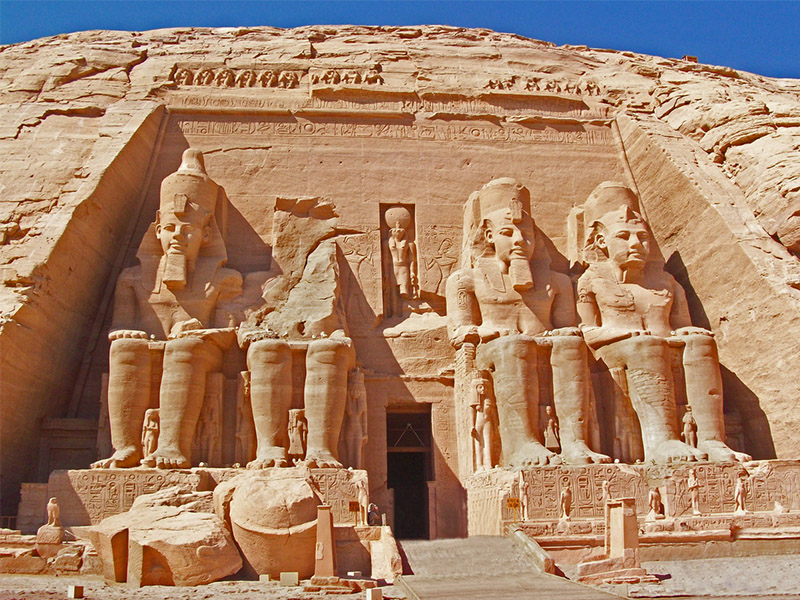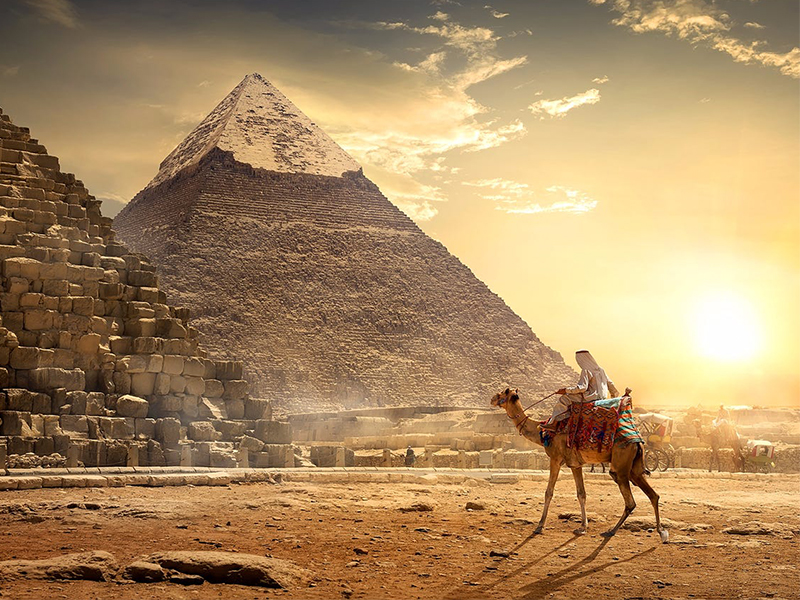Posted On : 23 Sep
Cairo
Cairo, the city that has never known how to sleep, isn’t only Egypt’s capital, but it’s the budding heart and the exuberant side of the serene land of the Nile. When you visit Cairo, you will never run out of things to do and see, as this city never fails to surprise its visitors. It is the ultimate blend of the grandeur of one of the world’s oldest civilizations and the modern day’s activities. As soon as you get there, the first thing you will be doing is joining the bee-lines that are formed around the Pyramids ; but don’t waste the whole time there, as this city has much more beyond these remarkable edifices.


